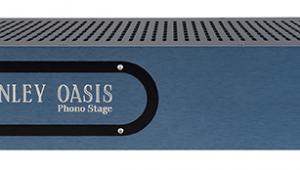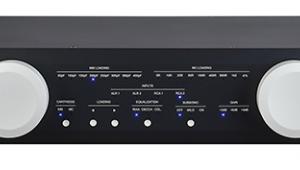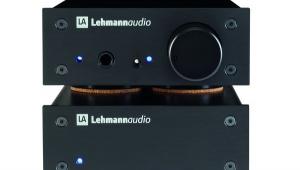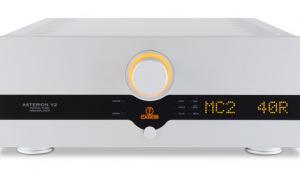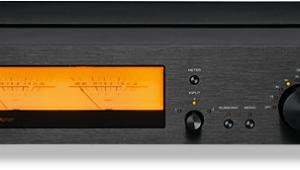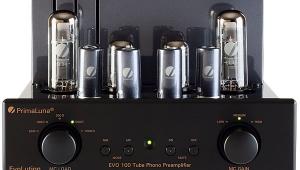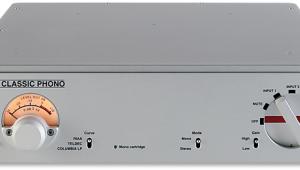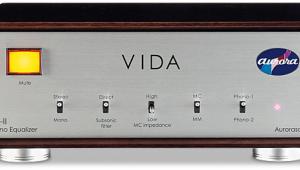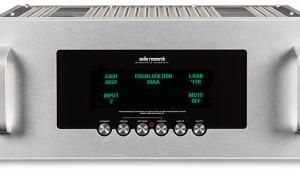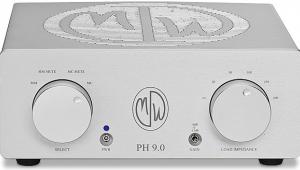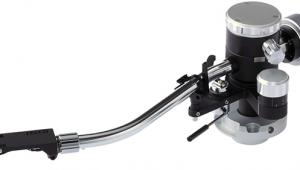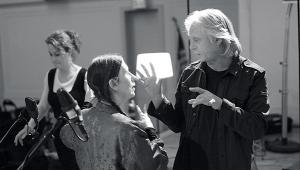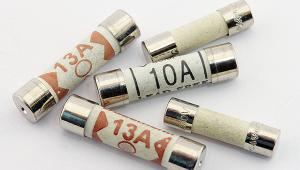Soulnote E-2 Universal Phono Preamp
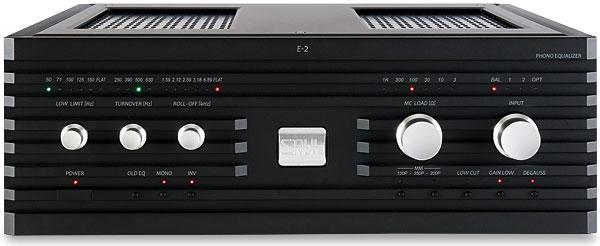
 From Japan's Soulnote comes one of the most flexible phono preamps ever developed – RIAA, plus no fewer than 144 legacy playback curves, and support for 'optical' pick-ups!
From Japan's Soulnote comes one of the most flexible phono preamps ever developed – RIAA, plus no fewer than 144 legacy playback curves, and support for 'optical' pick-ups!
In the quest for a universal phono stage, designers have to accommodate all manner of cartridges, but for most of us they fall into just two categories: moving-coil (MC) and moving-magnet (MM). Even within those types, however, there are plenty of variants such as moving-iron, moving-flux, whatever you call Deccas, both high- and low-output MCs and even low-output MMs. The list is endless, but Soulnote's E-2 phono amplifier handles all of the above configurations plus DS Audio optical cartridges via a built-in energiser and equaliser.
That's not all. Add to this package the legacy of the various equalisations needed to play 78rpm records and you have one of the closest-to-all-embracing phono stages on the market. Indeed, the only cartridge type I can think of which the E-2 cannot accommodate is the strain gauge. Throw in balanced inputs and outputs, a built-in degausser and more, and you will understand why I have no hesitation calling this 'affordable' by today's high-end standards where extreme, equally-loaded units can cost as much as £60,000. The E-2 in silver or black? It's yours for £6800.
Made In Japan
When the box arrived, I thought, 'This isn't just a phono stage. It's a heavyweight integrated amp'. I'm sure there are other phono amps on the market that weigh in at 20kg like the 430x160x410mm (whd) E-2, or maybe more, but I wasn't expecting it, having just moved my heaviest phono stage of a mere 5kg. Adding to the initial impression was its beautiful build quality, such that I was reminded of the best that Switzerland can muster. Then again, this is Japanese so I should have known better because Grand Seiko is making watches to match the finest from Geneva.
A trompe l'oeil occurs on the E-2's front panel, thanks to its horizontal ribs and the precision cutting and fitting of each control. Despite looking minimalist from above – the legends are most visible from straight on – and with only five knobs across the fascia, the unit is actually loaded with user-accessible, albeit extremely tiny, push buttons as well.
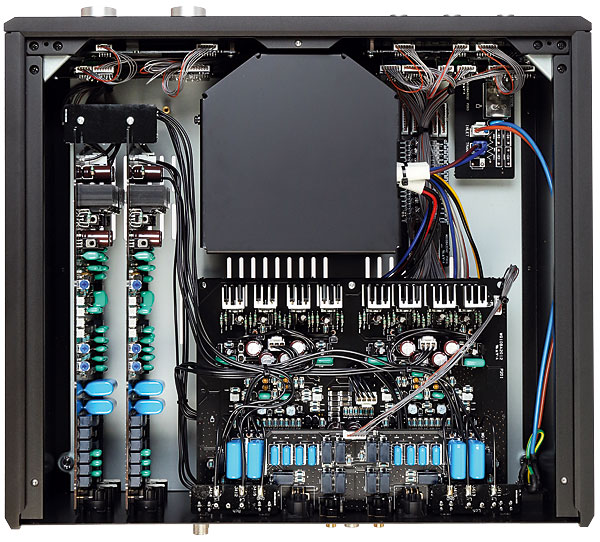
Blessedly, Soulnote hasn't opted for any hidden DIP switches for changing values, as painfully, inconveniently and sadistically found on some phono stages. On the left of the E-2 are the three knobs related to the 78rpm settings for roll-off, turnover and lower limit, while below them are power on/off, buttons for choosing the legacy eq section, mono and invert. All these light up appropriately, with RIAA handily signified by the green LEDs in three rows of red.
One For All
To the right are knobs to select the moving-coil load, and to choose between balanced (XLR), unbalanced (RCA x2) and separate DS Audio optical inputs. The buttons below them provide choices of 100, 200 or 350pF MM capacitance, low cut, high- or low-gain in both MM and MC modes, and degaussing for MM or MC cartridges (shorting the input while the record is playing). The latter also acts as a mute.
I have one tiny complaint, though PM disagreed, finding the settings ample: while I am not entirely obsessive about impedance settings, the choices for MCs are limited to 3, 10, 30, 100, 300ohm, and 1kohm. It didn't prove an issue with a brace of Koetsus [HFN Nov '13, & HFN Jul '13], the TechDAS TDC01 Ti [HFN Sep '14] or even the oddball SoundSmith Hyperion Mk II low-output moving-magnet, but I am aware of a breed of fastidious audiophile – the sort who spends six hours setting up VTA – so it bears mentioning.
You've Been Warned
More versatility is revealed at the back. This is a dream for audiophiles with multiple front-ends as the E-2 allows you to connect up to four turntables or tonearms, and switch between them, thanks to its range of MM, MC and DS Audio (optical) inputs. The latter has its own on/off switch and is clearly marked with warnings as you really do not want to connect a conventional cartridge into the DS Audio energiser (which has a DC PSU output).
Regarding the value of the balanced input, one now finds XLR outputs even on affordable decks from Pro-Ject [HFN Sep '22 & Mar '23] and Thorens. It's long overdue, and I would posit audibly worthwhile, as it seems quieter with MC pick-ups. Being generous, Soulnote has also installed a third pair of RCA inputs in parallel with the XLRs. These, too, are selected by choosing 'BAL' on the front, but you must use only one set when choosing that input. In other words, don't connect both simultaneously.

